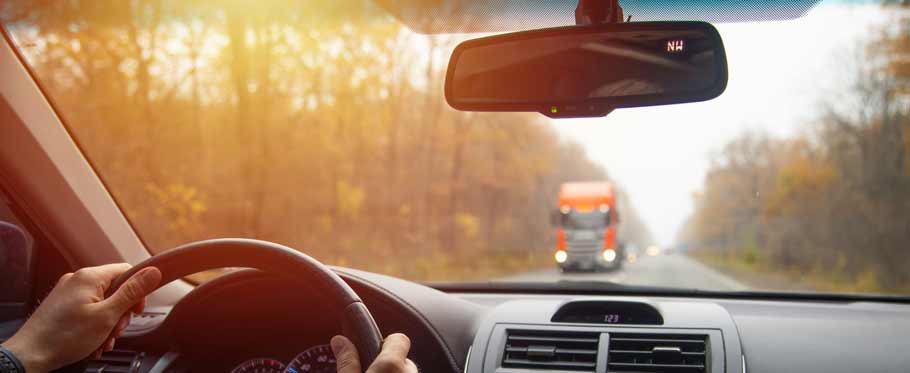“These studies show us that school buses compete for road space with commuters rushing home from work, which raises risks. Many accidents could be prevented through better driver education programs that teach motorists how to safely share roads with school transportation.”
Each day in America, more than 480,000 school buses carry 26 million children to and from school. That makes it the largest mass transit system in the country, bigger than city buses, subways, or trains. Yet, despite its scale, school bus safety doesn’t always get the attention it deserves.

Our Savannah bus accident lawyers at Jamie Casino Injury Attorneys wanted to understand where the biggest risks lie. So, we analyzed school bus-related incidents across all 50 states using a decade of data, from 2013 to 2023. Our study looked at three main safety indicators:
- Fatalities in school bus-related crashes
- Road quality scores, to assess infrastructure risks
- Crime rates, to provide broader safety context
We ranked states primarily by fatality counts, with road conditions and crime levels giving added perspective. The results are sobering.
Here’s a look at the top 10 states with the most school bus-related deaths:
| State | Persons Killed in School Bus-Related Crashes | Road Roughness Score | Crime Rate (per 100K) |
| Texas | 98 | 12.2 | 2,644 |
| Florida | 87 | 3.4 | 1,807 |
| Georgia | 69 | 3.4 | 2,175 |
| New York | 69 | 19.6 | 2,188 |
| Pennsylvania | 64 | 14.2 | 1,845 |
| North Carolina | 57 | 5.2 | 2,456 |
| California | 43 | 28.4 | 2,834 |
| Indiana | 38 | 4.4 | 1,875 |
| Illinois | 35 | 15.0 | 2,030 |
| Louisiana | 32 | 17.8 | 3,178 |
You can access the complete research findings here.
Texas: Most Fatal School Bus Accidents in the Nation
Texas ranks first with 98 school bus-related fatalities, far surpassing any other state. While its road quality sits near the national average, the state also contends with a high crime rate of 2,644 per 100,000 residents, making school transportation even more vulnerable.
Florida: Second Deadliest, Despite Good Roads
In second place, Florida reported 87 fatalities over the same period. Even though Florida boasts above-average road conditions, the loss of life remains high. The state’s crime rate of 1,807 is lower than many others, but it still contributes to safety concerns for children.
Georgia and New York: Tied for Third
Georgia recorded 69 school bus-related deaths, despite having roads in better condition than most states. With a crime rate of 2,175, it’s close to the national average but still raises concerns.
New York also had 69 fatalities, but its poor road infrastructure makes it particularly dangerous. Crime in New York is at 2,188, adding to safety challenges for students and families.
Pennsylvania, North Carolina, and California Follow Closely
- Pennsylvania: 64 deaths, poor roads, and a moderate crime rate of 1,845
- North Carolina: 57 deaths, good roads, but a high crime rate of 2,456
- California: 43 deaths, some of the worst roads, and the highest crime rate on the list at 2,834
Indiana, Illinois, and Louisiana Round Out the Top 10
- Indiana: 38 fatalities, good infrastructure, and a lower crime rate of 1,875
- Illinois: 35 deaths, below-average roads, and a moderate crime rate of 2,030
- Louisiana: 32 deaths, poor road quality, and a crime rate of 3,178, the second-worst of all top 10 states
Why These Numbers Matter
As Jamie Casino explains, “School dismissal timing contributes to accident risks.” During rush hour, hundreds of school buses flood local roads at the same time that commuters are racing home from work. That clash creates dangerous driving conditions.
We believe many of these accidents could be prevented through better driver education, infrastructure improvements, and increased awareness around school zones.
Let’s Make School Transportation Safer
These findings aren’t just numbers. They reflect real communities, real families, and real kids. As parents, educators, and advocates, we all share the responsibility of keeping students safe.
Whether it’s pushing for safer roads, supporting policy changes, or simply being more cautious behind the wheel, we can all play a part in reducing these risks. Because every child deserves a safe ride to school, and a safe ride home.

